Pressrelease
29. September 2022
Entry into hydrogen technology: Baienfurt company wants to play at the very top
Baienfurt company relies on new technology and plans to expand soon
The picture on the roads shows the direction in which mobility will develop: More and more electric cars can be seen, even if experts believe there are still too few to reduce CO2 emissions in road traffic. But battery-powered electric cars also have a bad reputation because of the mining of rare earths needed for the technology.
Part of the hope for climate-friendly mobility is therefore pinned on hydrogen technology. The Baienfurt-based company Cellform is also convinced that hydrogen technology is the technology of the future. The founders are investing heavily and want to be at the forefront of the market with their innovation.
An idea becomes a company
Managing Director Simon Brugger’s enthusiasm and passion are evident when he talks about what Cellform produces. After all, without what Cellform does, a hydrogen-powered vehicle would not even be possible. “We deal with the heart of the fuel cell, with the so-called bipolar plates,” says Brugger. And the fuel cell is the heart of a hydrogen car. Instead of an internal combustion engine, an electric motor ensures that the car can move. Unlike battery-powered electric cars, however, the electricity is not stored in batteries but produced directly from hydrogen in the vehicle by means of the fuel cell.
Cellform specializes in manufacturing bipolar plates that are built into the fuel cell and would like to enter series production in the future. The company is a start-up or spin-off of the Baienfurt-based toolmaker Gebhardt , which has been involved in the production of tools for manufacturing bipolar plates for many years. In the future, Cellform wants to produce not only tools, but also the bipolar plates themselves – and in series.
Three companies cooperate
To this end, the Baienfurt-based company has teamed up with the laser welding specialists from Askea in Amtzell and the experts for press and plant engineering from Hagel in Grünkraut. All three companies together carry Cellform and want to take off together in the hydrogen industry. Currently, the start-up with its eight founders has four employees. But the plans that Brugger reports show that Cellform is expecting decent growth. Next year, there will be a total of 23 employees. In addition, the company wants to expand and move to the Gullen industrial park in Grünkraut, because Cellform is currently still housed in the premises of Gebhardt in Baienfurt.
The story began in 2016
Gebhardt first became involved with hydrogen technology back in 2016, when the tool specialist received its first inquiries. Since then, Simon Brugger, then a working student at Gebhardt, and Markus Gebhardt, managing director of the tool shop, have delved into the subject. Today, Simon Brugger is the managing director of the new company.
This is what happens in a fuel cell:
Understanding how a fuel cell works requires a little foray into chemistry. But Brugger can explain it simply, even to laymen: “What essentially happens in a fuel cell is what most people still remember from the oxyhydrogen reaction in chemistry class: Hydrogen is energetically converted with the oxygen in the ambient air. The fuel cell divides the individual partial reactions in such a way that the electrons released or absorbed in this reaction can be used in the form of electric current. This results in so-called cold combustion, which produces electricity, heat and water. The bipolar plate, as a thin metal foil with extremely finely imprinted channels, is essentially responsible for distribution in this process.”
Hydrogen cars are still expensive
However, hydrogen technology is not yet ready for series production – mainly because individual components are still too expensive. For example, a fuel cell vehicle currently costs more than twice as much as a battery-powered vehicle. In the future, however, Brugger hopes that this will change so that such a car will be cheaper than a battery-powered electric car. Brugger is convinced that hydrogen technology will be suitable for series production because there is a lot to be said for the energy carrier.
Germany invests in green hydrogen
In fact, hydrogen is an energy carrier that is transportable (for example, via the gas grid), can be stored without loss, and is sustainable. Green hydrogen, obtained by electrolysis from water, is also CO2-neutral. It is considered a key element in the energy transition. The German government is also investing in green hydrogen. According to its own statements, the Federal Ministry of Research is focusing on strategic partnerships with South and West Africa as well as with Australia. Germany will also cooperate with Canada.
“The requirements for such a product are unique.” – Simon Brugger, CEO CellForm
Meanwhile, tinkering is underway in Baienfurt. However, this topic requires expertise and a lot of know-how. Since the fuel cell involves several hundred bipolar plates, all of which must be neatly sealed, high precision is required in production and in production equipment. “The requirements for such a product are unique,” says Brugger.
Working in the hundredths of a millimeter range
Even the ambient temperature in the production facility is crucial: every degree of temperature difference in the factory hall makes a big difference. Because it determines whether the material deforms or not. Here, we are talking about 0.02 millimeters for the bipolar plates. The forming tool has to be even more precise. And the milling machines that produce this tool must be ten times more precise. Gebhardt’s ability to work in this range at all is made possible by the new factory hall in Baienfurt’s Falkenhorst industrial area (former paper mill). “We have temperature fluctuations of 0.3 to 0.4 degrees here,” explains Brugger.
Cellform already has contacts in the automotive industry with whom partnerships are possible. However, he is not allowed to mention concrete names. Only this much: “We already have large, globally active customers who are very interested in what we do.”
This article was published by Schwäbischer Verlag GmbH & Co. KG. The editorial and content responsibility as well as the intellectual property of the article lies with them.



